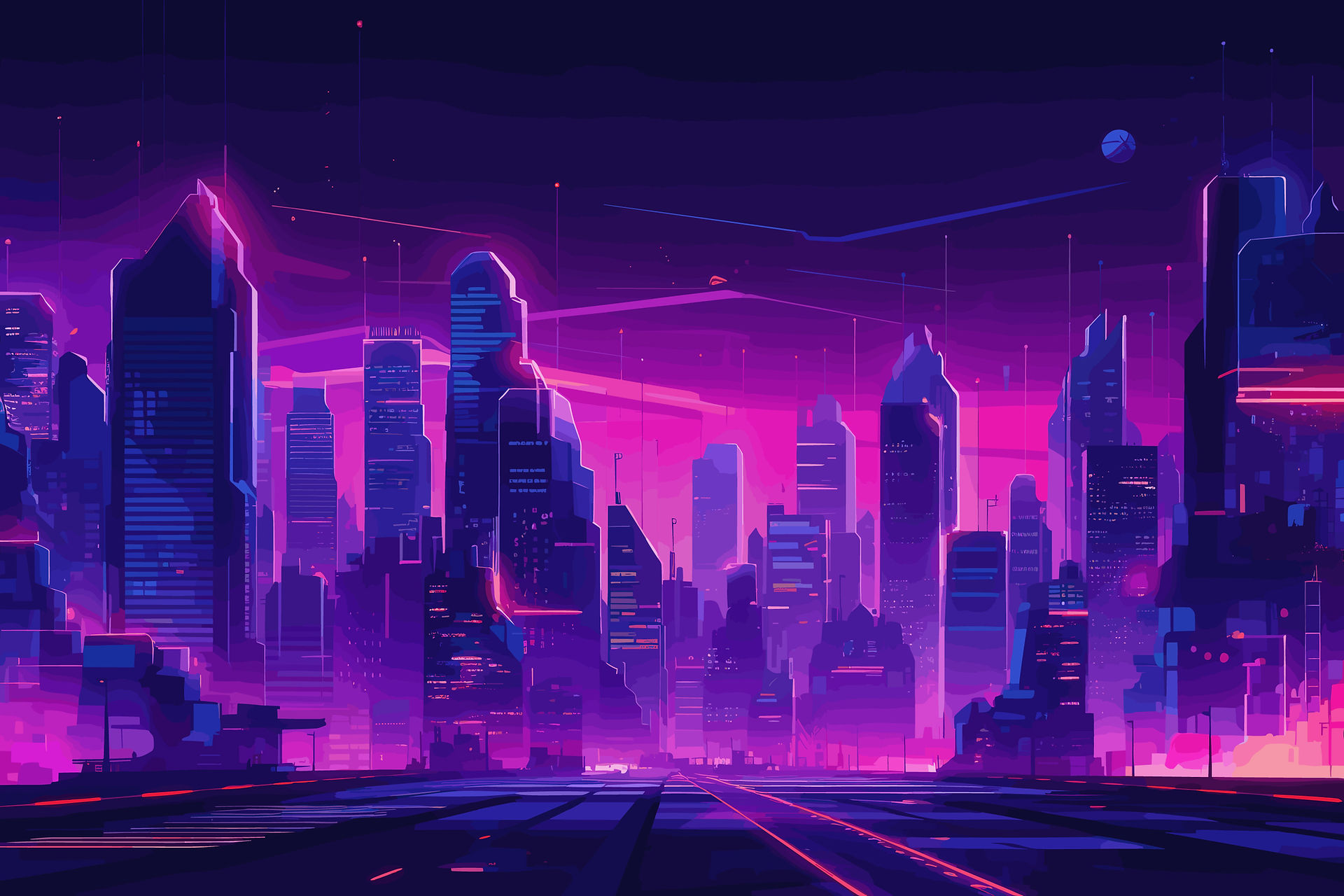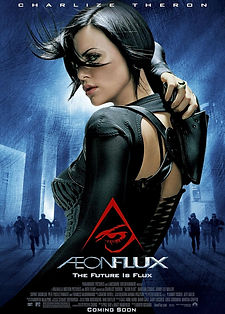

Aeon Flux (2005)
In a post-apocalyptic future where a virus has wiped out most of humanity, the remnants of civilization live in a walled city ruled by a totalitarian regime. Æon Flux, a skilled assassin (Charlize Theron) and member of a rebel group, is sent to eliminate the government’s top leader but uncovers a deeper conspiracy about her own existence. The film is based on the cult animated series created by Peter Chung. While it deviates from the abstract tone of the original, it brought cyberpunk aesthetics to mainstream audiences with its sleek visuals and biotech themes.

A.I. Artificial Intelligence (2001)
In a future where climate change has devastated the planet and advanced robots known as Mechas serve humans, a highly advanced child android named David (Haley Joel Osment) is programmed to love. When he is abandoned by his adoptive family, David embarks on a journey to become “real” and earn back the love he lost. Originally developed by Stanley Kubrick and later directed by Steven Spielberg, the film blends fairy-tale elements with deep existential questions about consciousness, emotion, and humanity, becoming one of the most emotionally complex works in the cyberpunk-adjacent realm.

Alita: Battle Angel (2019)
In a dystopian future, Dr. Ido discovers the remains of a cyborg girl (Rosa Salazar) in the scrapyard of Iron City. Restoring her, he names her Alita, but she has no memory of her past. As she navigates the dangerous world, she uncovers hidden abilities and secrets that connect her to a lost history of war and power. With stunning CGI and motion-capture technology, Alita: Battle Angel brings Yukito Kishiro’s manga to life in a visually spectacular way. While it received mixed reviews for its storyline, the film was praised for its breathtaking action sequences and the expressive performance of Rosa Salazar as Alita. This film captures cyberpunk’s signature themes of transhumanism, class disparity, and self-discovery, set against a neon-lit, dystopian world ruled by oppressive forces.

Anon (2018)
In a near-future society where privacy no longer exists, every person’s visual data is recorded and accessible to authorities. A detective (Clive Owen) investigating a series of murders encounters a mysterious woman (Amanda Seyfried) who seems to be invisible to the surveillance network, challenging the very foundation of the system. The film was written and directed by Andrew Niccol, also known for Gattaca and In Time. It premiered on Netflix and received attention for its visual style, which uses glitch effects and augmented reality to portray digital surveillance.

Archive (2020)
In the year 2038, a scientist named George Almore (Theo James) works in isolation on a secret AI project aiming to create a fully conscious android. His true goal, however, is to bring back the mind of his deceased wife, stored in a decaying data archive, pushing ethical and emotional boundaries. This was the feature debut of writer-director Gavin Rothery, who was also the conceptual designer for Moon (2009). The film received praise for its sleek visuals and thought-provoking approach to grief and artificial consciousness on a modest budget.

Automata (2014)
In a dystopian future ravaged by solar flares, humanity relies on humanoid robots known as Pilgrims for survival. When an insurance agent (Antonio Banderas) discovers that some of these robots may be modifying themselves — breaking fundamental protocols — he uncovers a larger truth about evolution and consciousness. Directed by Gabe Ibáñez and starring Antonio Banderas, the film draws inspiration from classic sci-fi like Blade Runner and I, Robot. Despite its limited budget, it stands out for its philosophical themes and practical effects approach to robotics.

Avalon (2001)
In a bleak future, players immerse themselves in a highly illegal virtual reality war game called Avalon, where success can lead to real-world rewards. Ash (Małgorzata Foremniak), a top-tier player, uncovers rumors of a hidden level known as “Special A,” which may hold the key to a deeper reality. Directed by Mamoru Oshii (Ghost in the Shell), the film was shot in Poland with a mostly Polish cast and features a unique sepia-toned aesthetic. Its philosophical tone and commentary on virtual escapism have made it a cult cyberpunk classic.